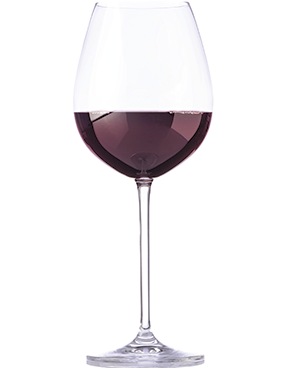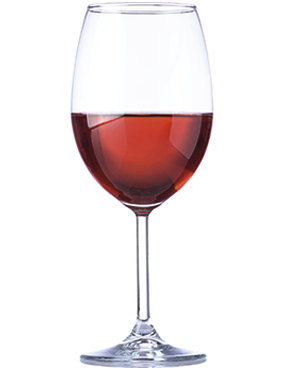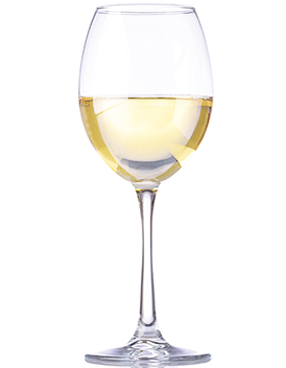In Tierra del Vino the harvesting of the vineyard and the making of high quality wine has always been fundamental to the rural economy of the region. Records dating from medieval times speak of the quality of the wine produced here.
More recent times have witnessed a story of loss and recovery. Despite the limited effect of phylloxera here, other social and economic factors contributed to a significant decrease in the scale of vine cultivation in the twentieth century. This decline, which almost saw the end of production in the area, was arrested as a result of the intervention of a group of local growers and winemakers in 1997. The quality of the wines produced since that time contributed to the achievement of Designation of Origin status in 2007, symbolising the recovery of winemaking in this region.
If you are a retail or hospitality customer please log in to view the premium wines available in our catalogue.
GRAPES
The average age of the vineyards in the Denomination of Origin is 64 years.
The principal red grape variety is Tempranillo. Grenache and Cabernet Sauvignon are also authorised.
The principal white grape varieties are Malvasia, small grain Moscatel and Verdejo. Albillo, la Palomino and la Godello are also authorised.
TECHNICAL
The “Tierra del vino” region benefits from a dry continental climate with extreme temperatures. Winters are bitterly cold and summers dry and hot. Winter average temperatures do not exceed 3ºC and summertime averages reach 23ºC. Rainfall is scarce and rarely reaches 400 mm annually. The region stands at an average height of around 750m above sea level. Climate varies widely in the region, losing humidity and gaining temperature as you travel from North to South. There are approximately 190 ice-free days a year and the average active growing period usually runs to 210 days. There are 2.800 hours of sunshine per year.
The Tierra del vino region is crossed by many rivers (Duero, Valderaduey, Guareña, Valparaíso, Ribera de Campeán), and consequently the structure of the soil is alluvial. The topsoil is deep, highly permeable and with an excellent retentive capacity, although poor in organic matter. The underlying layers are rich in clay. Sand is frequently found on the topsoil on the plains, whilst on the hillsides gravel is more common and the hilltops tend to be covered with small pebbles and stones.
Both climatological and edaphologic factors contribute to the suitability of the ground to vine cultivation, enabling the production of an excellent quality grape.
Characteristics
RED
Made from the accepted red varieties, including at least 75% of the Tempranillo variety. These wines may be subjected to ageing processes.

ROSÉ
Made from the accepted varieties, including at least 60% of the Tempranillo variety.

WHITE
Made from the accepted white varieties, at least 60% of which must be principal varieties.
